#thalmus rasulala
Explore tagged Tumblr posts
Text
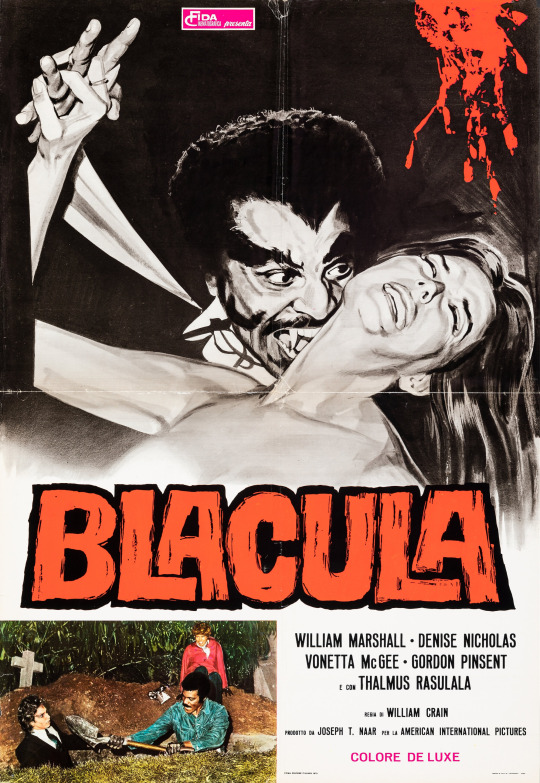

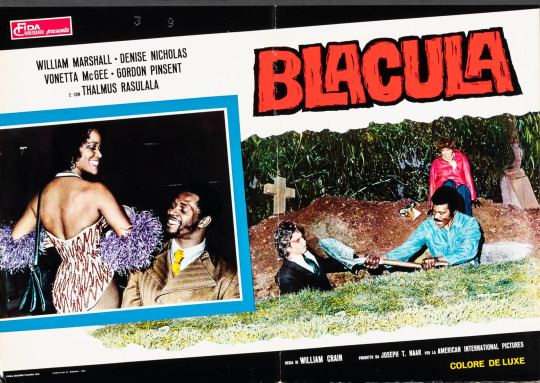

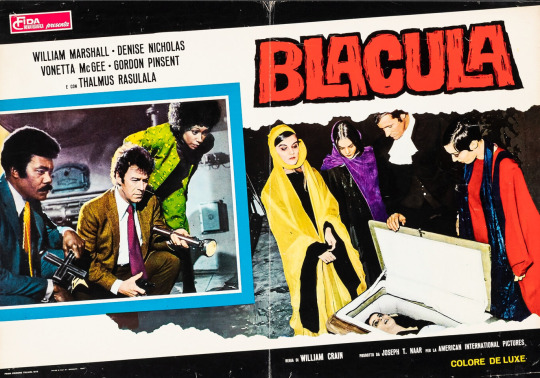
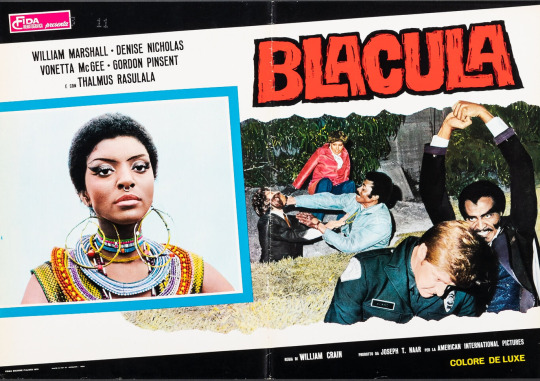
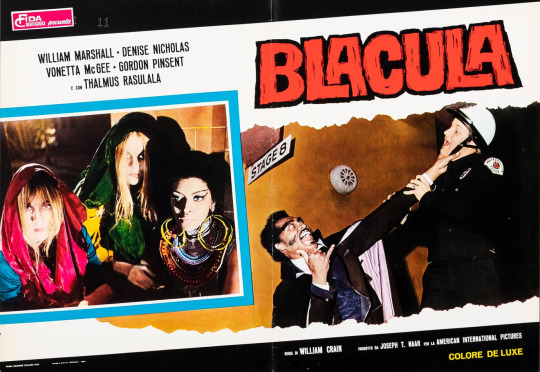
Blacula (1972) - Italian Photobustas
#blacula#william marshall#denise nicholas#vonetta mcgee#gordon pinsent#thalmus rasulala#1970s movies#william crain#photobusta#movie posters
153 notes
·
View notes
Text


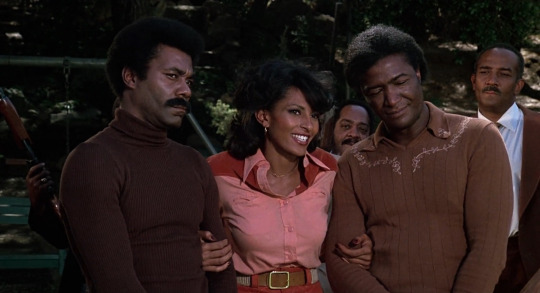

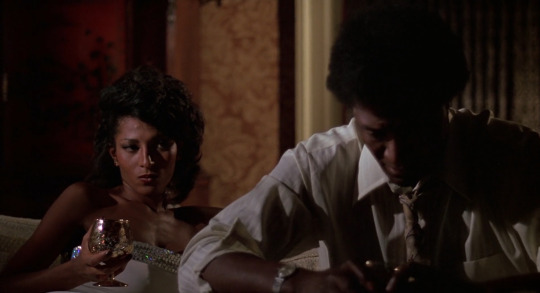
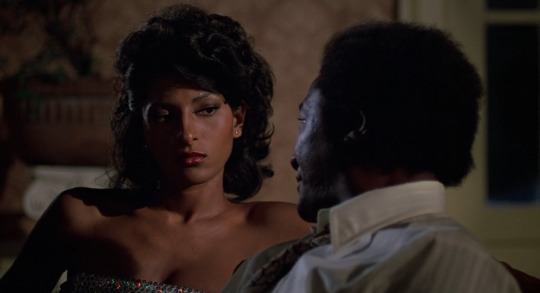
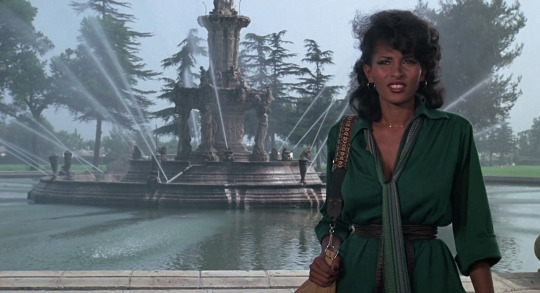

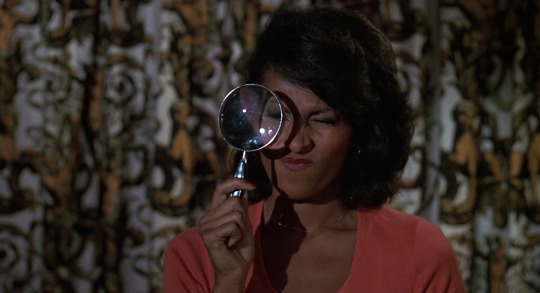

Pam Grier in Friday Foster (1975)
#pam grier#friday foster#1975#1970s film#70s movies#70s fashion#thalmus rasulala#paul benjamin#arthur marks#blaxploitation#actor posts
17 notes
·
View notes
Text
youtube
Um clássico da TV Americana: "A autobiografia de Miss Jane Pittman" (1974)
#Miss Jane Pittman#stan winston#John Korty#Cicely Tyson#Michael Murphy#Richard Dysart#Katherine Helmond#Thalmus Rasulala#Youtube
1 note
·
View note
Text
youtube
"Kunta Kinte. Behold, the only thing greater than yourself."
Roots (1977)
#Roots#Roots: The Saga of an American Family#Roots (tv miniseries)#Roots (1977)#Omoro Kinte#Kunta Kinte#powerful#black culture#Thalmus Rasulala#Youtube
0 notes
Text
Blacula Vs Sugar Hill (1975)


Blacula Vs Sugar Hill (1975). Starring William Marshall, Marki Bey and Yaphet Kotto. Based on a screenplay by Bill Gunn and directed by Larry Cohen.
In 1975, American International Pictures decided to roll the dice one last time on the Blacula franchise; but this time, the vampire would be facing another AIP original – Sugar Hill. With a script by Ganja & Hess (1973) writer and director Bill Gunn, and directed by Larry Cohen, Blacula Vs Sugar Hill (also known as Blacula Lives!) found a reluctant William Marshall returning to the role of Prince Mamuwalde, and Marki Bey once again sliding into the white jumpsuit of Diana ‘Sugar’ Hill.
Other members of the cast included Yaphet Kotto as the menacing bokor, Mr. Sunlight; Julius Harris as hitman turned vampire, Turner; Art Lund as scheming mob boss Morgan; Don Pedro Colley as Baron Samedi; Geoffrey Holder as Baron Cimitière; Zara Cully as Mama Maitresse; Don Mitchell as Justin Carter; Thalmus Rasulala as Dr. Gordon Thomas; with a special cameo by Pam Grier, who reprised her role as Lisa Fortier in a stunning dream sequence that Roger Ebert called ‘phantasmagorical and indulgent’.
A sequel to both Scream Blacula Scream (1974) and Sugar Hill (1974), the film opened with Mamuwalde’s resurrection by the villainous Mr. Sunlight. Sunlight, working for mob-boss Pretty Johnny Morgan, has drawn Mamuwalde back to the land of the living for one purpose: to destroy the woman who calls herself Sugar Hill.
What follows is an overstuffed-but-exciting seventy-minute psychedelic showdown between the living, the dead, and the in-between. Zombies battle vampires; Baron Samedi is captured by Sunlight’s magics; Mamuwalde’s old foes, Justin Carter and Gordon Thomas, are summoned by Baron Cimitière to fight the vampire; Mr. Sunlight matches his mystic powers against those of Mama Maitresse; and in the gore-soaked finale, Mamuwalde and Sugar Hill put aside their differences and invade Sunlight’s island-fortress, battling undead mobsters in an effort to reach the man responsible for their respective difficulties.
The film proved to be a moderate success, revitalizing AIP’s then-waning interest in horror films. Marki Bey was quickly signed to a two-picture deal for further Sugar Hill sequels, including Sweet Babylon (1977) – written and directed by Gunn – and Sugar Hill in Hell (1979), written and directed by John Carpenter, with a script consultation by Dario Argento. Kurt Russell had a notable role in the film as lycanthropic gangster Johnny Moon.
Marshall, less interested in returning as Mamuwalde, was nonetheless convinced to give it a fourth and final go in Blacula, Prince of Darkness (1976), which was the first – though not the last – of AIP’s joint-ventures with overseas studios – in this case, Hammer. In the film, Mamuwalde finally comes to grips with Dracula – played by an equally reluctant Christopher Lee – in a ‘senses-shattering showdown of the supernatural’.
While neither actor is what one might call invested, the very act of sharing a screen seemed to bring out the best in both Lee and Marshall, and the confrontation between them proved memorable – just as senses-shattering as promised. Appearances by Don Mitchell as Justin Carter and Peter Cushing as Van Helsing cemented the film’s status as a cult classic, as did Gene Page’s return for the soundtrack.
The success of its horror catalogue kept AIP financially afloat in the difficult years ahead. A revitalised Samuel Arkoff turned his attentions to new properties, including The Mist (1980) and Escape from Detroit (1981), both written and directed by John Carpenter, with script assistance from Nick Castle and Bill Gunn. Escape from Detroit was followed by two sequels – Escape from Hollywood (1984) and Escape from Hell (1985). All three films starred Kurt Russell and Yaphet Kotto, with Lee Van Cleef as the embittered Bob Hauk.
But with both Bey and Marshall moving on to greener pastures in the early eighties, AIP was forced to get creative with its horror films. Fresh off of his run on Ironside (1967-1975), Don Mitchell agreed to reprise his role as Justin Carter for further films. The first of these, Q (1982), was directed by Larry Cohen and found occult expert Carter locked in battle with another supernatural menace and lumbered with a conniving sidekick, Jimmy Quinn, ably played by Michael Moriarty.
The duo proved to be popular enough that Cohen agreed to direct another two, including The Substance (1985), which finds Carter and Quinn investigating an alien menace, and Monster Cop (1988), which had the distinction of being written by Cohen himself, and saw the duo go up against Robert Z’dar’s titular undead cop.
The Carter and Quinn films were followed by a short lived and largely forgettable television series, Carter & Quinn, that lasted for a single season. Even a surprise appearance by William Marshall as Mamuwalde in the season finale did little to perk up the ratings but it found a new lease on life later, on DVD.
More happily, Cohen and Z’dar would go on to write Monster Cop II: Bloody Justice (1990), which positioned Z’dar’s monstrous Cordell as an anti-hero, fighting a corrupt police force. Bloody Justice was the first of a popular direct-to-video series, and co-starred Robert Davi and Laurene Landon. While a possible crossover with several of AIP's other horror stars were posited, Cordell never encounters his predecessors. The closest he comes is an encounter with Don Pedro Colley's Baron Samedi in Monster Cop IV: Voodoo Beat (1995). Cohen, a fan of the 'AIP Expanded Universe' as some critics have begun to call it, encouraged fans to view it as an unofficial Sugar Hill crossover.
By the late Nineties, the well of creativity at AIP was at last beginning to run dry. Arkoff had long since retired, and AIP was soon bought out by a struggling Orion Pictures Corporation. When Orion was bought in its turn by Metro-Goldwyn Mayer, the AIP catalogue vanished into the vaults – until 2018, when remastered Blu-Ray editions of the Blacula and Sugar Hill films were released to great acclaim.
2 notes
·
View notes
Text

Thalmus Rasulala (November 15, 1939 – October 9, 1991) was an actor with a long career in theater, television, and films. Noted for starring roles in films, he was an original cast member of One Life to Live from its premiere in 1968 until he left the show in 1970.
Born Jack Crowder in Miami and a graduate of the University of Redlands, he appeared in many films and made guest appearances on television shows. He attended some classes at Shaw University. Notable film roles include Sidney Lord Jones in Cool Breeze, Dr. Gordon Thomas in Blacula, and Robert Daniels in Willie Dynamite; he was the assistant director of The Slams. On television, he was known as Skeeter Matthews on Sanford and Son, Ned in The Autobiography of Miss Jane Pittman, Lt. Jack Neal on One Life to Live, Bill Thomas on What’s Happening!!, and Omoro Kinte in Roots. He appeared on the first-season episode of Saturday Night Live hosted by Richard Pryor as a priest in the “Exorcist II” sketch.
On the Broadway stage, under his original name Jack Crowder, he appeared as Cornelius a Hackl in the hit musical Hello, Dolly! He was a leading member of the all-black cast. The Bailey Company opened on Broadway on November 12, 1967, and was recorded by RCA Victor for a best-selling cast album in which he is featured in several songs.
He appeared on Perry Mason, Mannix, The Twilight Zone, All in the Family, The Jeffersons, Good Times, Star Trek: The Next Generation, and The Sophisticated Gents. His other film roles include Cornbread, Earl and Me, Mr. Ricco, Bucktown, The Last Hard Men, For Us the Living: The Medgar Evers Story, The Boss’ Wife, and New Jack City.
His last film role was as General Afir in Mom and Dad Save the World. He died shortly after completing his scenes, and the film, released a year after his death, is dedicated to his memory. #africanhistory365 #africanexcellence
2 notes
·
View notes
Text

Blacula
When watching Blacula I expected a comedy based on the title and the trailer, and while the film does start out a little campy, it quickly turns serious. Although it's humorous when someone yells "Blacula" for the first time in the movie, the rest of the movie is portrayed as straight horror and grows rather gloomy. Director William Crain is listed by Wikipedia as "one of the first black directors to achieve commercial success" after graduating from a prestigious film school. The screenplay by Joan Torres and Raymond Koenig, who appear to have only ever written it for this film and its sequel, Scream Blacula Scream, is essentially a Dracula retelling that takes place in Los Angeles in the early 1970s. The film has a funk soul vibe that is propelled by Gene Page's peppy rhythm and blues score and resembles a Gothic romance.
Because the movie portrays itself as something lot lighter and sillier and fills itself out with song and dance routines, it makes for a generally perplexing viewing experience. But, William Marshall does a fantastic job as the hero, and the result is a solid Supernatural Horror/Vampire film with Blaxploitation origins. The dark vampire movie Blacula was made in the 1970s, and one of the most obvious differences between then and now is that it was actually played straight. This isn't Rudy Ray Moore in a cape. When I discovered that this was a horror film, I was really shocked.
So, this guy escapes and begins sucking blood all over El Lay in genuine horror murder scenes. The plot is the same as in Dracula, but the soundtrack features far more wah-wah guitar, bass, and horns. A slick, alluring vampire who can transform into a bat and wears a cape goes about his business and develops an obsession with a woman (Vonetta McGee, who also plays his wife from three hundred years previous). There is no Van Helsing in this case, but there is a curious police detective (Thalmus Rasulala) who begins to think outside the box as he investigates this bizarre trail of bloody bodies.
I appreciate how seriously this film takes things. This is enjoyable. William Marshall gives his all in the major role, even if inexperienced director William Crain struggles to keep the camera in focus. At the time, Marshall was a theatrical veteran who performed in everything from Carmen Jones to Shakespeare. He was close to 50 years old. His commanding screen presence and thunderous voice make the ground slightly tremble whenever he speaks. No matter how ridiculous some of his lines may be, Marshall has a job to do and is determined to do it well.
8 notes
·
View notes
Text

The original BLACULA from 1972… starring William Marshall, Vonetta McGee, Thalmus Rasulala
1 note
·
View note
Text


CALIFICACIÓN PERSONAL: 4.5 / 10
Título Original: Bulletproof
Año: 1988
Duración: 93 min
País: Estados Unidos
Dirección: Steve Carver
Guion: T.L. Lankford, B.J. Goldman. Historia: T.L. Lankford, Fred Olen Ray
Música: Thomas Chase, Steve Rucker
Fotografía: Francis Grumman
Reparto: Gary Busey, Darlanne Fluegel, Henry Silva, Thalmus Rasulala, L.Q. Jones, etc
Productora: Cinetel Films, Bulletproof Productions
Género: Action
TRAILER:
youtube
0 notes
Text
Haterating and hollerating in the 1970s:
SKIN GAME (1971): Tasteless, offensive, completely unfunny comedy, set in 1857, starring James Garner and Louis Gossett as con artist partners Quincy and Jason, whose preferred scam is having Quincy sell Jason as a slave and then immediately help him escape so they can split the proceeds of the "sale." When Jason is enslaved "for real," Quincy has to come up with a scam to get him out, with the help of a persistent con woman (Susan Clark) who's decided she's his new partner. Inexplicably well-regarded by critics — Leonard Maltin gives it three and a half stars out of four — it's indefensibly dreadful, serving mostly to illustrate how bad BLAZING SADDLES might have been without the involvement of Richard Pryor; SKIN GAME screenwriter Peter Stone's idea of a comic setpiece is having a cartoonish caricature of real-life abolitionist John Brown break up a slave auction just before Quincy can collect his biggest-ever profit from selling Jason. Appalling. CONTAINS LESBIANS? Nix. VERDICT: The pits, and Garner's normally charming laconic patter only makes it worse.
VANISHING POINT (1971): Existentialist road movie about a delivery driver named Kowalski (Barry Newman) — eventually revealed as a disillusioned Medal of Honor recipient and ex-cop, expelled from the San Diego police force for stopping another cop from raping someone — who becomes a fugitive after accepting a bet that he can deliver a souped-up Dodge Challenger from Denver to San Franscisco in less than 48 hours. Pursued by police across four states, Kowalski finds himself an outlaw celebrity thanks to a blind DJ called Super Soul (Cleavon Little), who christens him "the last American hero." More of a mood piece than an action movie, with Newman effective as the doomstruck Kowalski, who already has at least one foot in the grave. (The UK cut includes a crucial penultimate scene with Charlotte Rampling as a rather sinister hitchhiker, dropped from the original U.S. release.) Not entirely satisfying on its own terms, but its pretensions set it apart from the usual drive-in fare, and it boasts some evocative visuals and an interesting, mostly diegetic gospel soundtrack. It's also far less abrasive than the thematically similar RUNAWAY TRAIN (1986). CONTAINS LESBIANS? No, and the movie's worst scene has Kowalski nearly carjacked by a pair of grotesquely stereotyped gay men whose car has broken down on the highway. VERDICT: Worth a look, but stick with the longer UK "extended" version.
WILLIE DYNAMITE (1974): Dreadful blaxploitation movie about a slick New York pimp called Willie Dynamite (Roscoe Orman), who finds a gay rival pimp (Roger Robinson) trying to cut him out of the action just as one of his girls (Joyce Walker) is tempted to leave the life at the urging of social worker Cora (Diana Sands), who wants to bring Willie down with the help of her assistant DA boyfriend (Thalmus Rasulala) and a bitter cop (Albert Hall). Silly and over the top for a while, the movie then makes a lurching shift to clunky morality-play melodrama, leading up to a laughably contrived uplifting finale. Awful songs with heavy-handed lyrics by director Gilbert Moses don't help; Curtis Mayfield he was not. CONTAINS LESBIANS? Nope. VERDICT: Only for blaxploitation completists.
#movies#hateration holleration#skin game#james garner#louis gossett jr.#vanishing point#barry newman#cleavon little#charlotte rampling#willie dynamite#blaxploitation#roscoe orman#diana sands#roger robinson#albert hall#leonard maltin
1 note
·
View note
Text
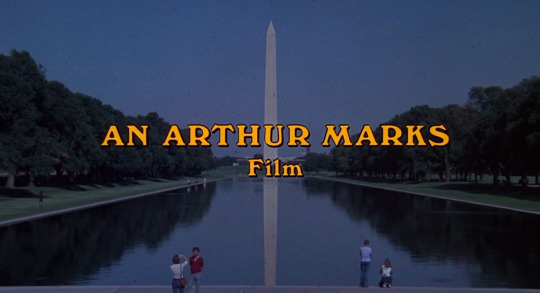
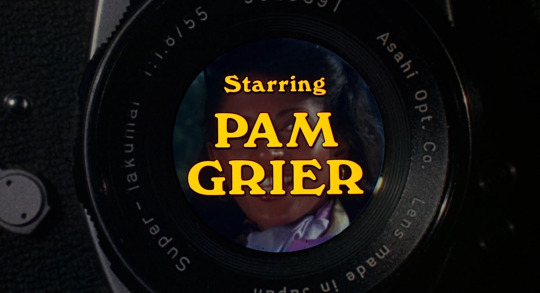
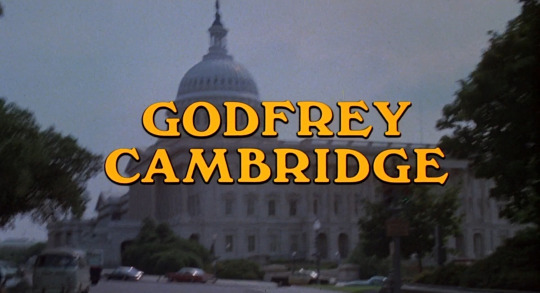
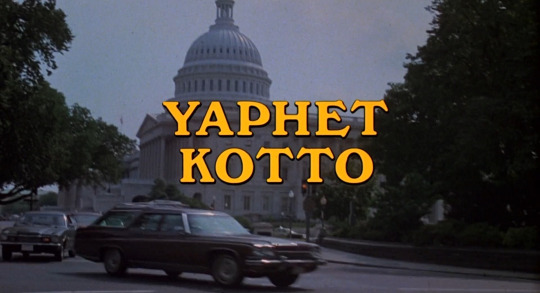

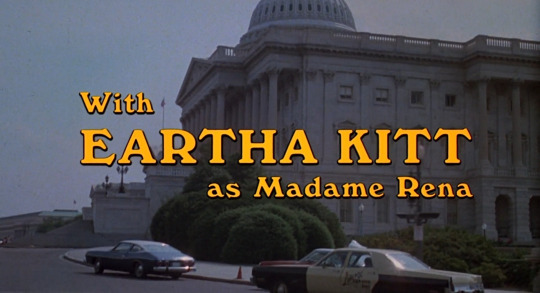
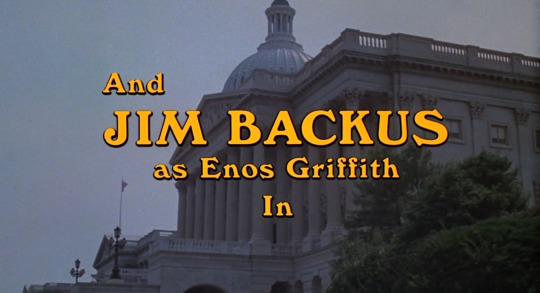
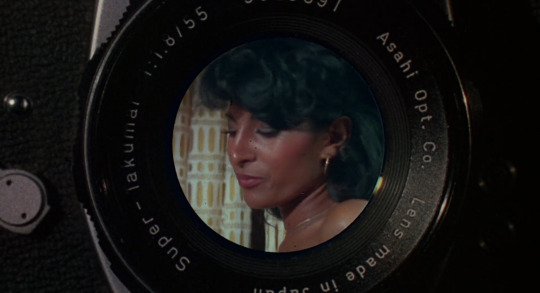
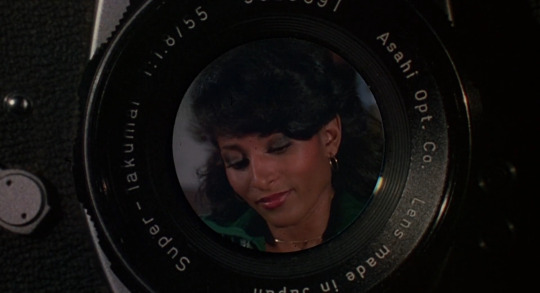

Title cards for Friday Foster (1975)
#friday foster#title card#1975#1970s film#70s movies#pam grier#godfrey cambridge#yaphet kotto#thalmus rasulala#eartha kitt#jim backus#arthur marks#starring
10 notes
·
View notes
Text
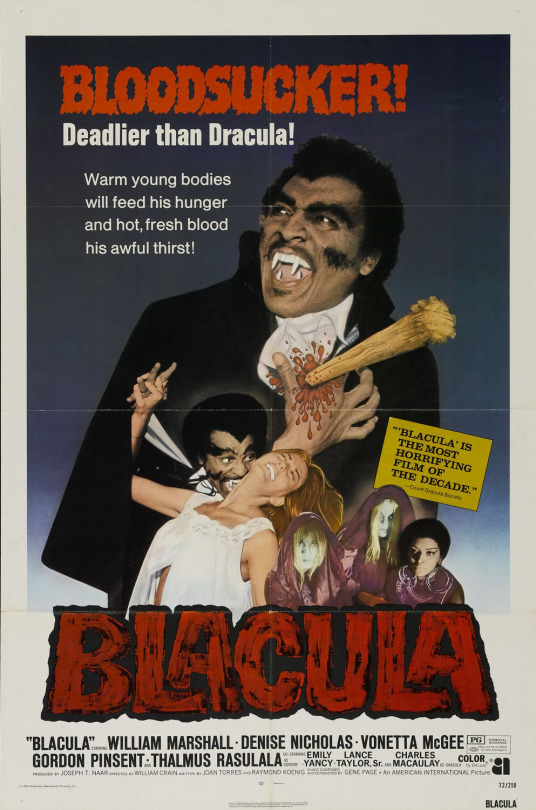
Chris: I have seen Blacula several times before and this time on Svengoolie, a classic 70’s horror film and a great choice for Svengoolie, this film has many interesting scenes, Watch: When Free.
Richie: It’s a classic, I love it, Watch: When Free.
0 notes
Text
Watch "Blaxploitation Clip: Bucktown (1975, starring Fred Williamson, Pam Grier, Thalmus Rasulala)" on YouTube
youtube
0 notes
Text

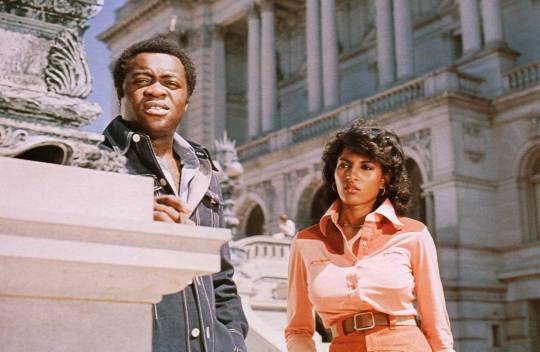
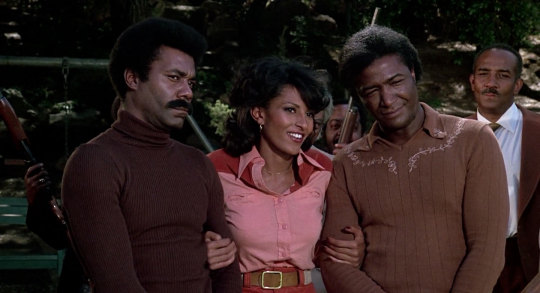
Friday Foster (1975) 90 minutes, Rated R
I loved this one. For many reasons. The main reason being Pam Grier is so likable and wonderful and confident and in charge. No victim mentality here. She's up for it and engaged in her life choices and owning the screen.
I don't know who is paying attention but I'll remind readers that I am working my way through 2 books on cult films and one box set of 52 cult movies. None of the box set selections have made it to the blog yet. The book '100 Cult Films' is a good guide through what should be mentioned in the genre. Meaning I have substituted film after film - watching the selection in the book then watching and blogging about the selection I find more appropriate. But the 'TCM Underground' book - well - it's just got more class, more Va Va Va Voom, and less sexual violence. And, of course, I am listening to the TCM podcast this season which just so happens to be on Pam Grier.
So I was ready for Friday Foster, expecting more grit and violence but there was no revenge drama here. Just a professional photographer living her life who witnesses an assassination attempt and has to solve the mystery by stealing a milk truck and a hearse (loved those scenes).
And Pam is her usual and wonderful self but you know who else is tops? Yaphet Kotto! He is her friend and a private investigator and he is so dang funny! Considering the last time he was in a movie on this blog it was a very serious role I was tickled at how much I laughed at every scene he was in. One scene, he's chasing the bad guy, played by Carl Weathers, and he ducks down for cover and then says out loud, 'What am I doing here?' Like - really? Why are you chasing down a bad guy with a gun? Really good comedy - in the moment - laughing at himself.
Of course Friday has her two lovers - one a senator and one the 'black Howard Hughes'. She enjoys herself both times - seems happy and sexy. She fends off the neighborhood pimp who is constantly showering her with gifts to get her to work for him declaring that his girls are 'covered under a health plan'. (They seem happy too - the prostitutes I mean).
Scatman Crothers plays a minister, Eartha Kitt is a fashion designer, it's just a wonderful display of black culture at that time in history.
Have to mention Friday's little brother played by Tierre Turner. I had trouble finding his name on the IMDB page but that's it. Turns out Tierre is still working as a stuntman and actor - way to go. He was 15 when he made the movie but he looked younger. And he collects gifts for Friday and then re-sells them. Someone says, 'so you're a hustler' and he says, 'no - black capitalism'. Or something like that. He's just taking care of business is all. He was an underdeveloped character - like why is Friday living there with him and no parents? When does he go to school? Bla bla. But Friday Foster is a blaxploitation movie (said with all the admiration for the genre one can emote) - and that genre didn't always have all the ends tied together. Such is life.
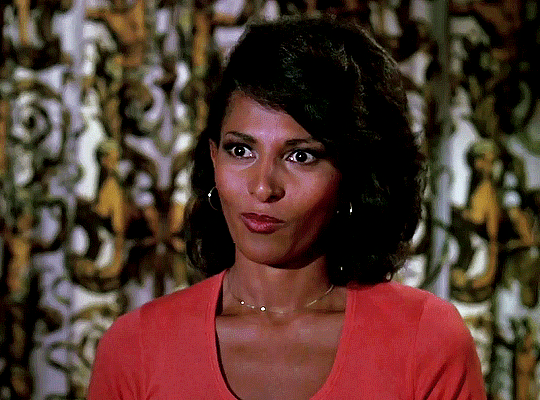
I thought about substituting Friday Foster for Foxy Brown or Coffy but no - I'll leave this one in the cult series. It's a solid movie bringing in all the tropes of blaxploitation plus comedy. Really enjoyable.
As I was posting the hashtags - I realized another repeat player in cult cinema - Paul Benjamin. He played the senator in this film was in Across 110th Street also - playing the main guy who robs the mob. These sorts of discoveries are why I love blogging about movies.
#friday foster#pam grier#the plot thickens#tcm underground#yaphet kotto#carl weathers#tierre turner#scatman crothers#eartha kitt#thalmus rasulala#paul benjamin#cult films rule#cult classics
12 notes
·
View notes
Text
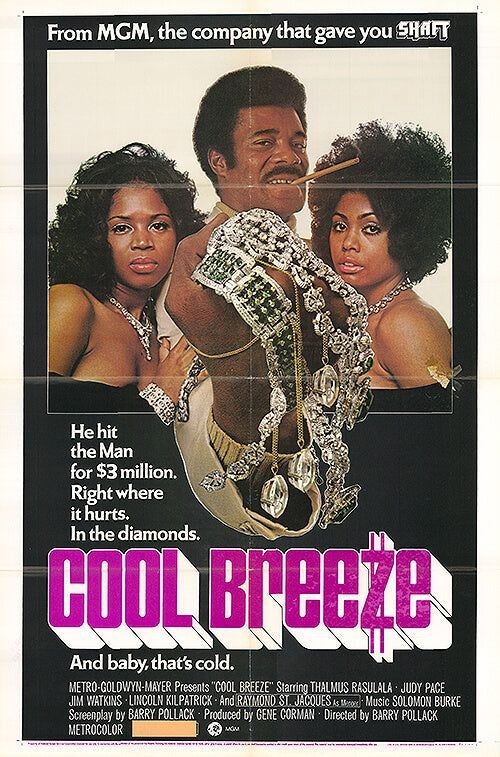
#cool breeze#black cinema#thalmus rasulala#julian christopher#judy pace#margaret avery#lincoln kilpatrick#pam grier#rudy challenger#blaxploitation
21 notes
·
View notes
Photo



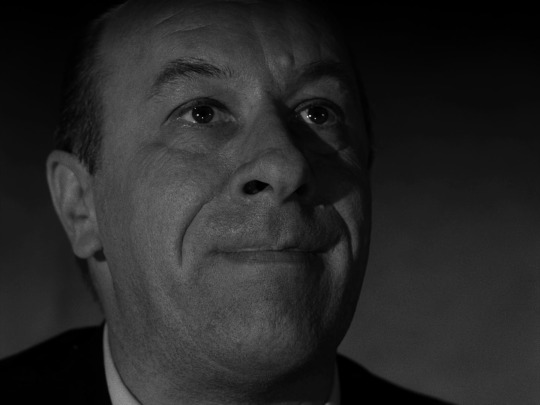

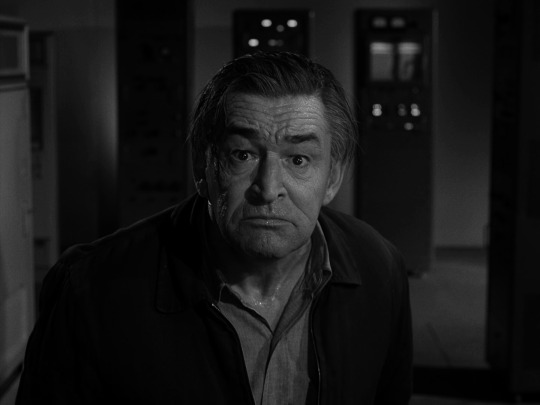



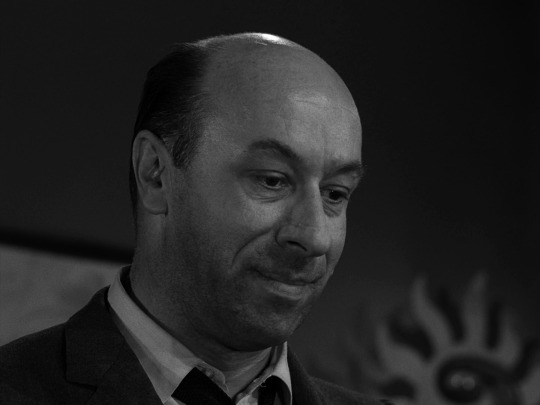
5.33 The Brain Center at Whipple’s
Director: Richard Donner
Director of Photography: George T. Clemens
“There are many bromides applicable here: too much of a good thing, tiger by the tail, as you sow, so shall ye reap. The point is that too often man becomes clever instead of becoming wise. He becomes inventive, but not thoughtful. And sometimes, as in the case of Mr. Whipple, he can create himself right out of existence.”
✨Support✨
#Twilight Zone#the twilight zone#season 5#the brain center at whipple's#Richard Donner#george t. clemens#Rod Serling#richard deacon#paul newlan#ted de corsia#jack crowder#thalmus rasulala#1960s#the sixties#Classic TV#classic television#Classic Horror#Classic Science Fiction#scifi#science fiction#speculative fiction#robots#tv#Tv History#cinematography#close up#close-up
9 notes
·
View notes